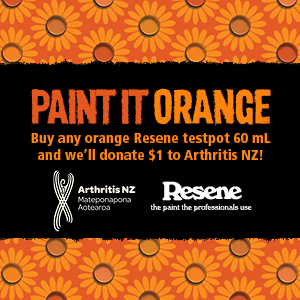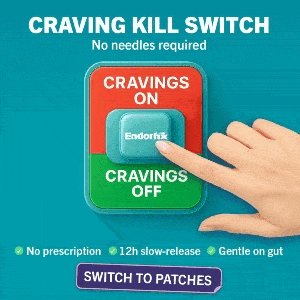Eli Luke Michel ‘thinks of the children’ and discusses the medication subscribed to trans kids entering puberty.
“Won’t somebody please think of the children?!” It’s a popular line in the animated sitcom The Simpsons whenever the town is thrown into chaos, but it’s also pertinent to the issue of transgender children having access to hormone blockers.
It’s a highly controversial topic, but one that needs to be discussed. Anything that addresses children and perceived sexuality or gender identity naturally raises some highly-charged emotions, which can then block out any medical wisdom and life-saving interventions for an already vulnerable sector of society. But when we discuss transgender children, we are not talking about sexual orientation. It is not about who they are attracted to… it is about who they intrinsically are.
If you have had a chance to witness toddlers playing freely with dress-up costumes and toys, you will notice that gender hardly comes into play. Freely is the keyword here. Give a two-year-old a choice of clothing and toys, and they will go to whatever interests them. A normal inquisitive human. A child assigned-male-at-birth might put on a tutu at kindergarten, but that doesn’t mean growing up to transition if there is no dysphoria in existence. It’s simply play.
However, for a child whose assigned gender does not match their identity, the confusion and dysphoria that ensues is debilitating. It is not uncomfortable, as I read recently in a Medical News Today article about gender dysphoria; it is distressing. The suicide rate of trans children, youth and adults is alarmingly high. Self-harm and self-mutilation – including young trans girls hospitalised after attempting to cut off their genitalia – is common. The dysphoria is intense, and no amount of “oh, I understand and accept it but can’t give you physically altering surgery” parenting will change that.
So here’s the thing. Puberty is when dysphoria becomes heightened for trans kids – the growing of mammaries for trans boys, the deepening of the voice for trans girls – and that distress can be appeased by one simple medication: puberty blockers. And here’s the other important thing. The effects of those blockers can be reversed. In the very few cases of regret or ‘detransitioning’ you will find the parents were not accepting. The gateway to accessing hormones and HRT is incredibly robust for a reason and involves GP visits, diagnostic testing and child clinical psychologists.
I highly recommend listening to transgender people’s stories, especially young ones, to hear their hearts cry when they express how they experience existence. If you truly care about another human being – especially if you adhere to a religion that espouses love – then you will take the time to inform yourself about the diverse reality that is part of the wondrous creation of life. You might watch the episode of the docuseries I Am called ‘I am Transgender’ which tells the story of Charly Walsh, whose parents almost lost him twice as a youngster. With medical wisdom and understanding, Charly now thrives in the community and helps other youth find support.
Nature is diversity in a nutshell. Who on earth assigned colours to genders? Shouldn’t all humans be allowed to appreciate the stunning array of colours our planet displays? We utilise intervention to correct eyesight, cosmetic surgery for facial and breast enhancement, to improve self-esteem and to make life easier, so why not transgender people?
Let go of your indoctrination, your preconceived notions and your expectations around gender. Listen to your heart. And please…think of your children.























